Data Science Real World Projects In Python
4.9 out of 5 based on 54784 votesLast updated on 2nd Aug 2024 23.4K Views
- Bookmark

Master Data Science with hands-on real-world projects in Python. Enhance your skills with practical applications and industry-relevant experience.

Python is
the preferred language in the wide field of data science due to its
adaptability, simplicity, and robust library ecosystem. Data scientists solve
difficult real-world problems and go on fascinating adventures by using Python.
Let's look at some exciting Data Science Real World Projects in Python
initiatives where Python is used extensively to transform unprocessed data into
useful insights.
Introduction to Python Programming Language
Python is an
advanced interpreted programming language. Python is a flexible language used
in many different fields. These include:
- Web development
- Data analysis
- Artificial intelligence
- Scientific computing
- Automation
Python is
popularly known for its readability and simplicity. Because of its emphasis on
these qualities in code, Python
Course is a great option for both novice and seasoned programmers.
Interpreted
Language
Python is an
interpreted language that facilitates easier debugging because code runs line
by line. Because code does not need to be compiled before execution. This
capability also enables rapid prototyping and iterative development.
Dynamically
Typed
Variable
types in Python do not require explicit declaration. Because the type is
decided upon at runtime, there is less boilerplate code and more flexibility.
Large
Standard Library
The Python
programming language has an extensive standard library that includes modules
and functions for a wide range of tasks, including:
- Data processing
- File input and output
- System calls
- Web creation
Thanks to this large library, development is sped up, and less code needs to be written from scratch.
Note: Master Python with our comprehensive Python Course for Data Science, covering essential libraries, machine learning, and real-world applications. Gain hands-on experience and accelerate your data-driven career today.
Huge
Ecosystem and Community Support
Third-party
libraries and frameworks for various areas are available in large ecosystem of
Python. Furthermore, Python benefits from a sizable and vibrant community
contributing to its ongoing development and comprehensive documentation. It
also benefits from abundant tutorials and resources.
Predictive Maintenance in the production Sector
Picture a
production facility where equipment runs nonstop. By predicting equipment
breakdowns before they happen, such a maintenance approach can save millions of
dollars. Data scientists use tools like:
- Matplotlib for visualization
- Pandas for data manipulation
- Scikit-learn for machine learning models in Python
Predictive models may predict when a machine might malfunction by evaluating sensor data and historical maintenance records. This allows for preventive maintenance schedules to be set up and downtime to be minimized.
Sentiment Analysis in Social Media
Every
second, social media platforms produce different textual data. Python-based
sentiment analysis algorithms can be used to determine how users feel about
certain brands or events. Enrolling in the Advanced
Python Course will also make you aware of the Python libraries. Popular
Python libraries for sentiment analysis include:
- TextBlob
- Natural Language Toolkit
Data scientists may measure public opinion, spot patterns, and extract insightful information that helps organizations improve customer happiness or marketing strategy by analyzing text data from tweets, comments, and reviews.
Wearable technology is revolutionizing health monitoring
Devices like
smartwatches and fitness trackers produce data about their users' vital signs
and sleep habits. It also tracks all physical activity. Data scientists can use
Python to analyze this data and produce recommendations and insights into each
individual's health.
Data scientists can find relationships between lifestyle factors and health outcomes. Machine learning algorithms are used in conjunction with libraries for data manipulation and visualization. These understandings enable patients to make well-informed decisions about their health and allow medical professionals to deliver specialized care.
Note: Data Science is transforming industries with AI-driven insights. A Data Science Certification Course equips professionals with skills in machine learning, analytics, and big data, ensuring career growth in this dynamic field.
Autonomous Vehicles
To sense
their environment and make judgments instantly, autonomous cars use
sophisticated image recognition algorithms. Python's robust libraries make it
easier to construct these methods. To identify items, pedestrians, and road
signs, data scientists use enormous databases of tagged photos to train deep
learning models.
These models improve the dependability and safety of autonomous driving systems via ongoing learning and improvement, opening the door for safe and effective transportation in the future.
Note: Data Science and Data Analytics empower businesses with insights from data. Explore Data Analytics Courses Noida to master skills for predictive modeling, visualization, and decision-making.
You May Also Read:
Python Programming for Beginners
Python Interview Questions and
Answers
Data Science Interview Questions and Answers
Note: A Data Engineer designs, builds, and manages data pipelines for analytics and AI. Enrolling in a Data Engineer Course With Placement ensures hands-on experience and career opportunities in this high-demand field.
Demand
Forecasting in Retail
By precisely
projecting consumer demand for a range of products, retailers aim to maximize
inventory management. Data Science Real World Projects in Python methods based
on Python provide complex forecasting models that consider seasonal patterns,
past sales data, and outside variables like economic indicators or
promotions. Many institutes provide Data
Science Online Course which includes real world projects to provide you
real life work experience.
Data scientists may produce forecasts with high accuracy by using time series analysis libraries. This allows merchants to optimize supply levels, lower inventory costs, and improve consumer happiness by offering more products.
Tips: Unlock the potential of Artificial Intelligence with our comprehensive Artificial Intelligence Online Training, designed to equip you with cutting-edge skills for future-ready careers.
Wrapping Up
To sum up, Python is a powerful tool for data scientists working on real-world projects in different fields. Python enables data scientists to derive meaningful conclusions from data and extract actionable insights, whether they are forecasting demand in retail or identifying images in autonomous vehicles. It also allows to detect fraud in financial transactions or predict equipment failures in manufacturing. It also includes analyzing sentiment in social media. Python's powerful capabilities and vast library ecosystem are driving the data science revolution and influencing future innovation and discovery.
Relevant Online Courses:
Full Stack Data Science Course
Data Analytics Online Training
Subscribe For Free Demo
Free Demo for Corporate & Online Trainings.


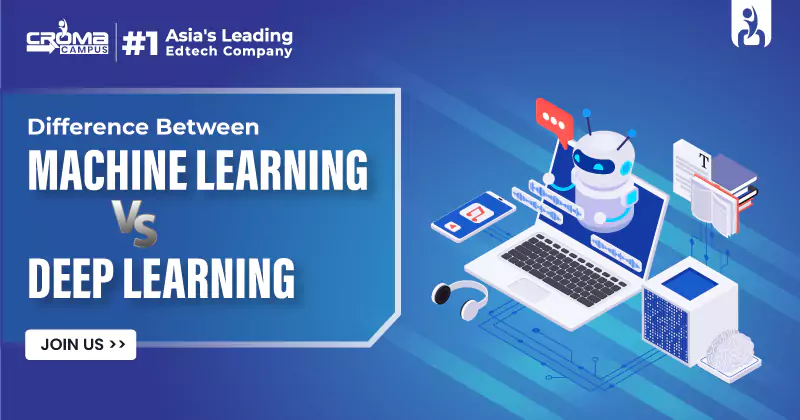
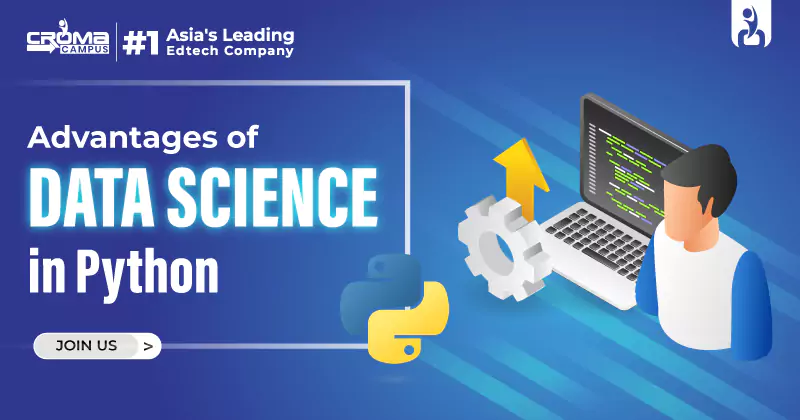
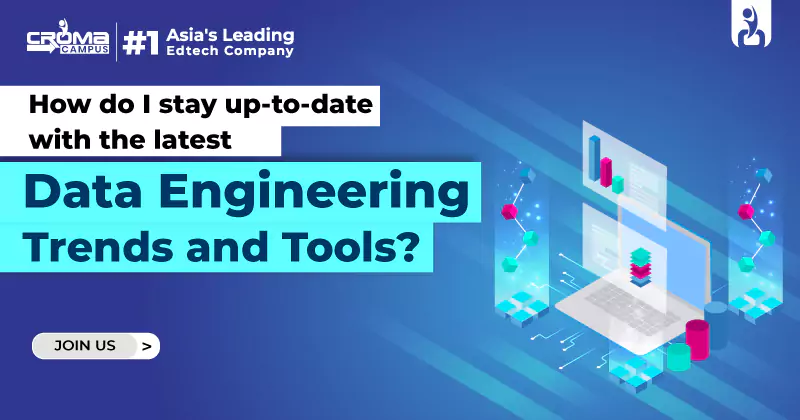
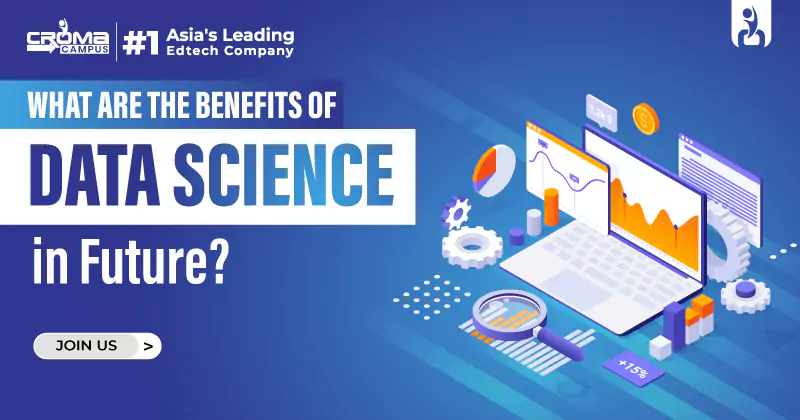
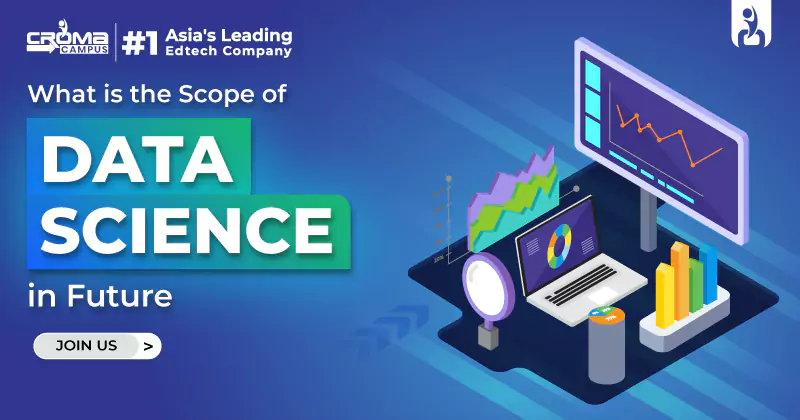
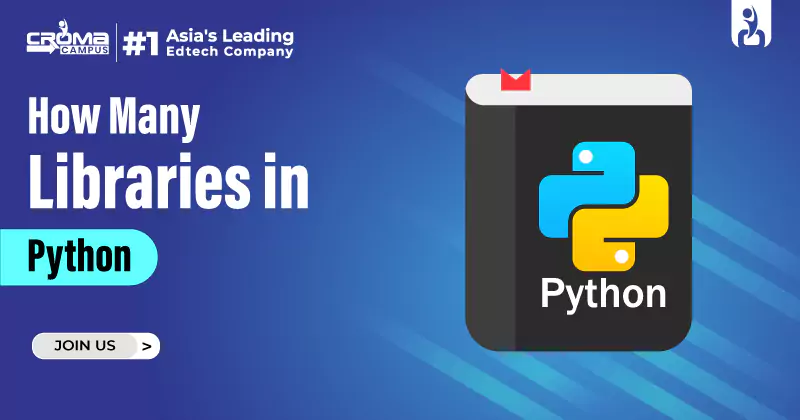
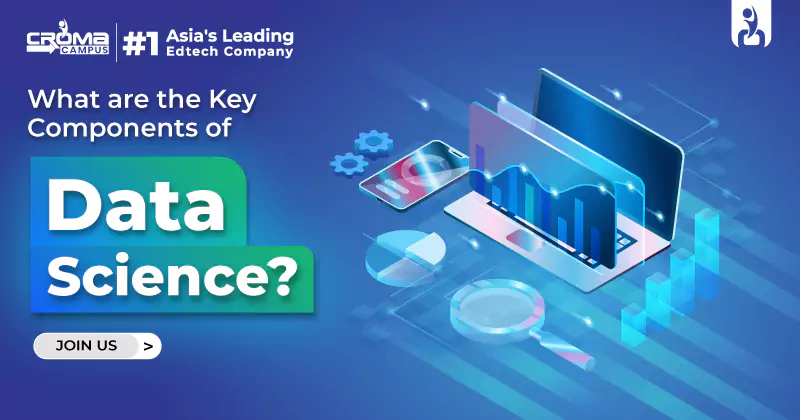
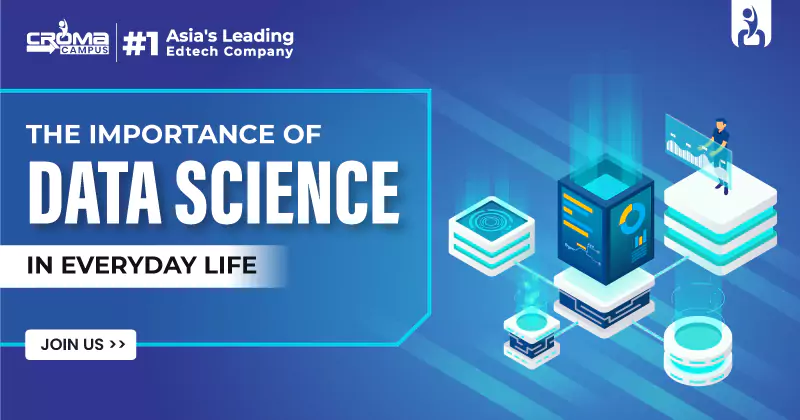

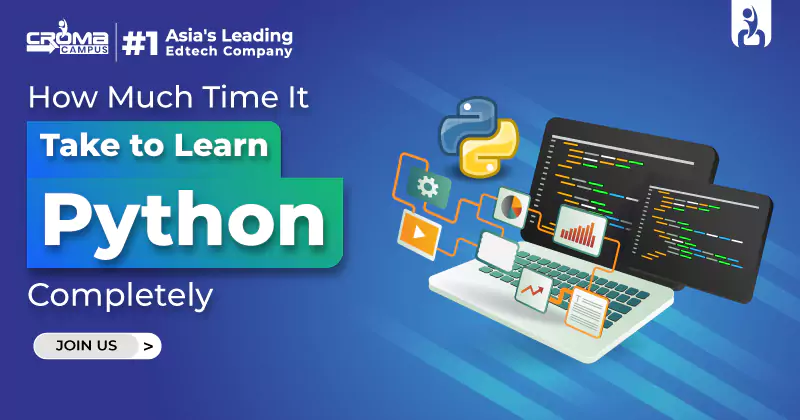













.webp)

.png)















